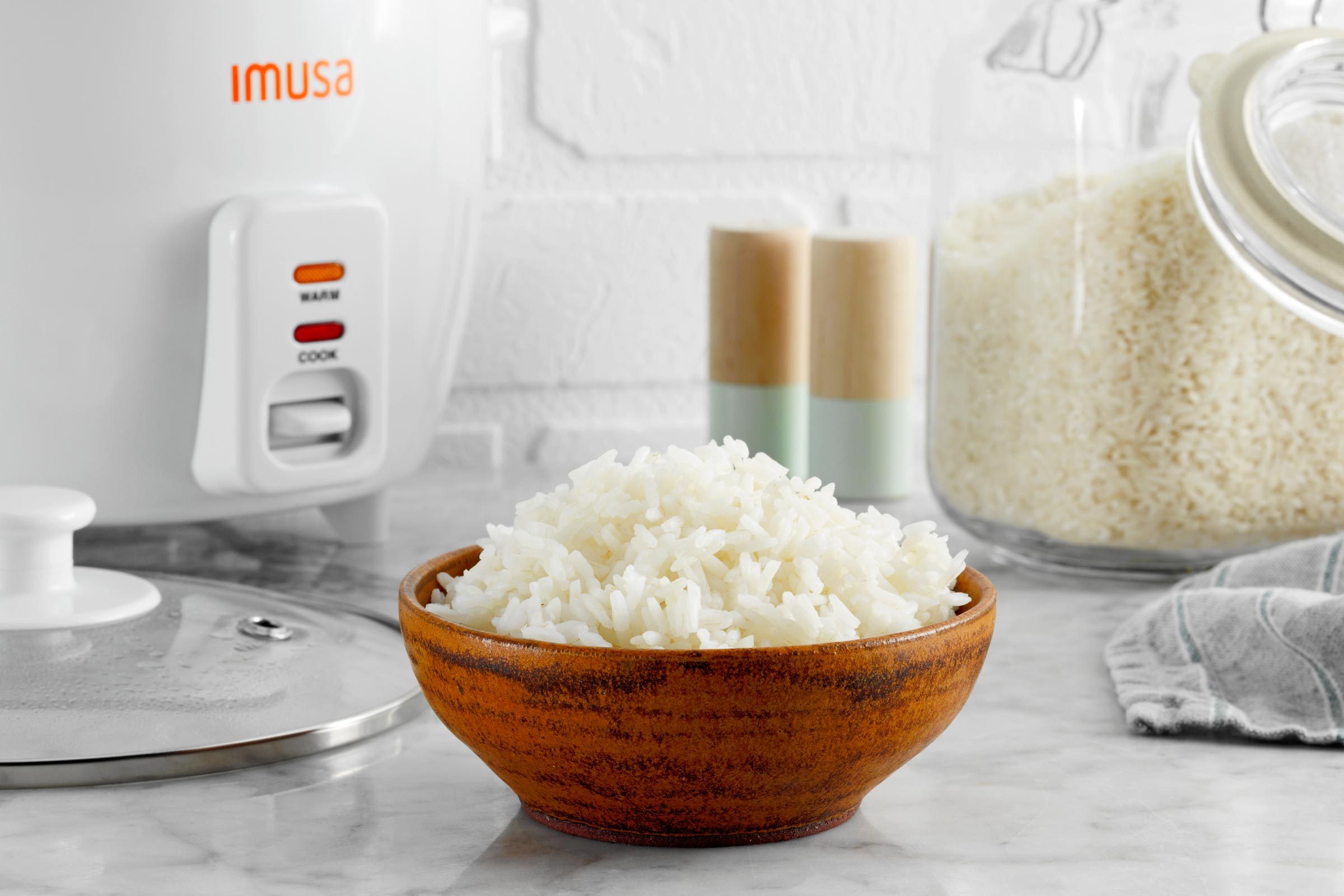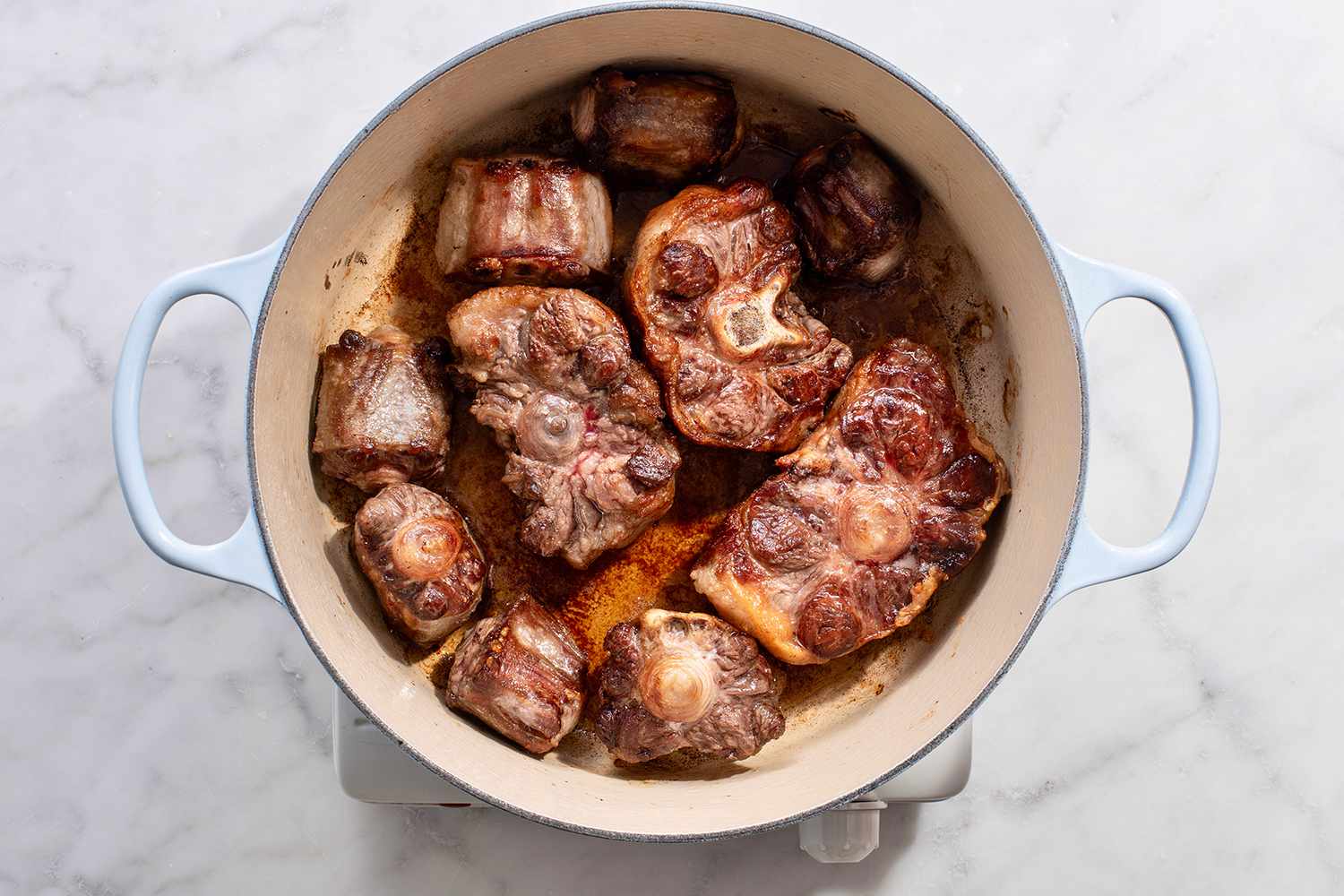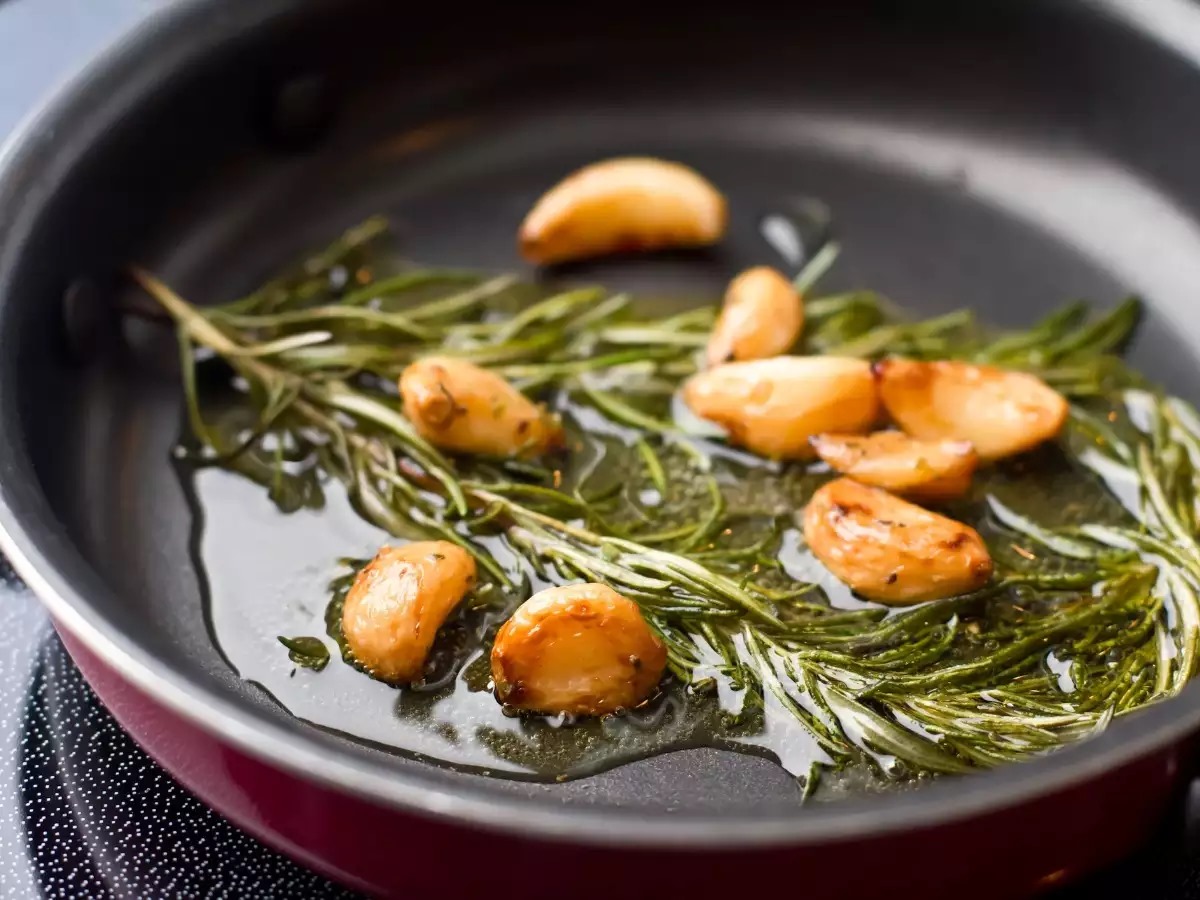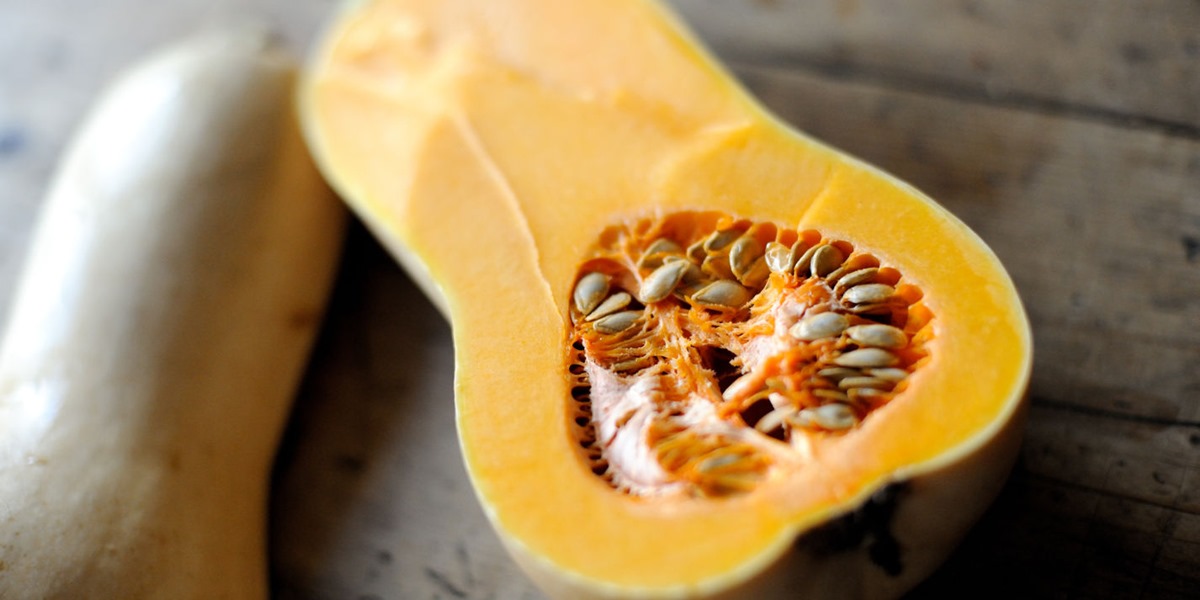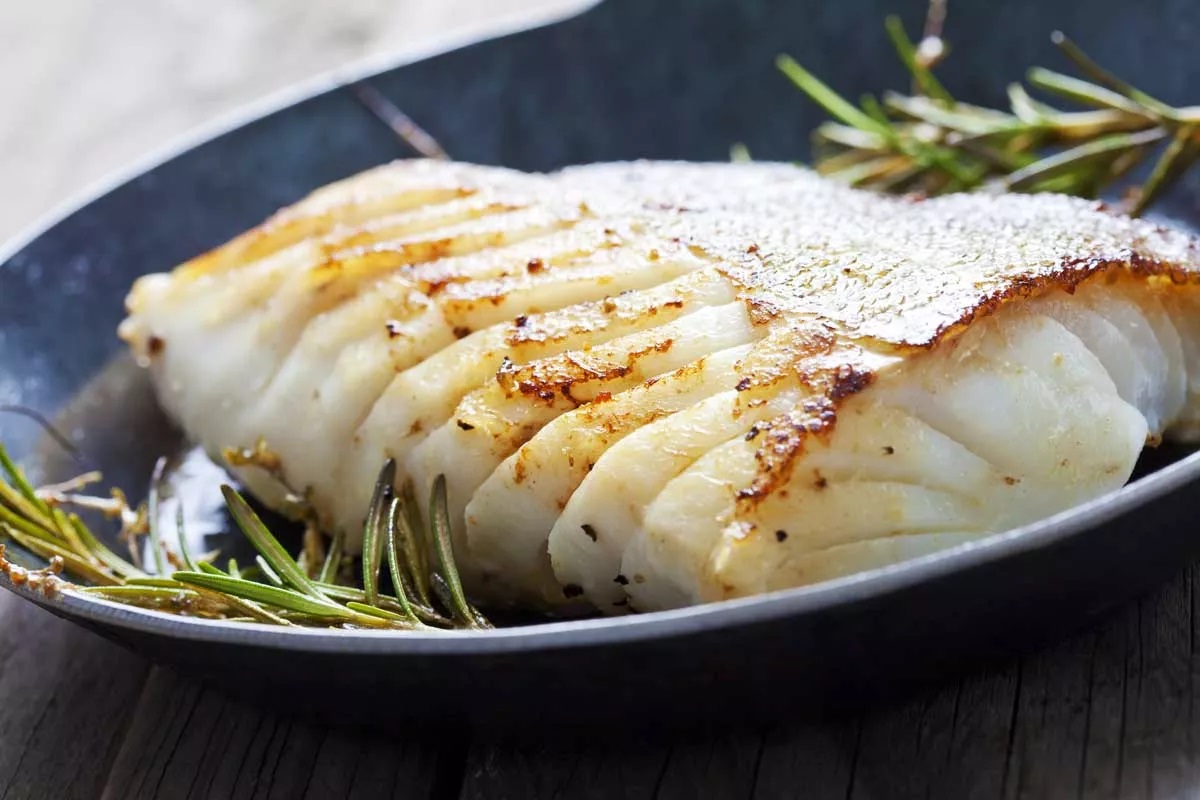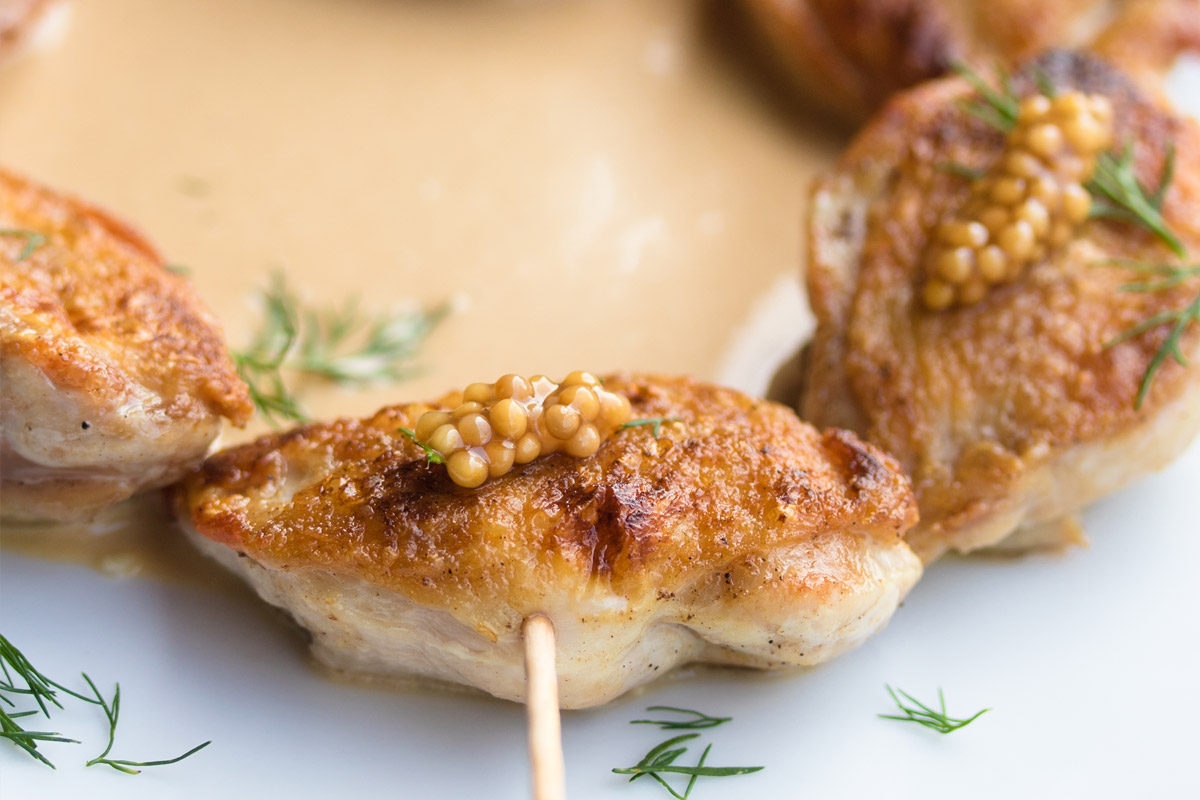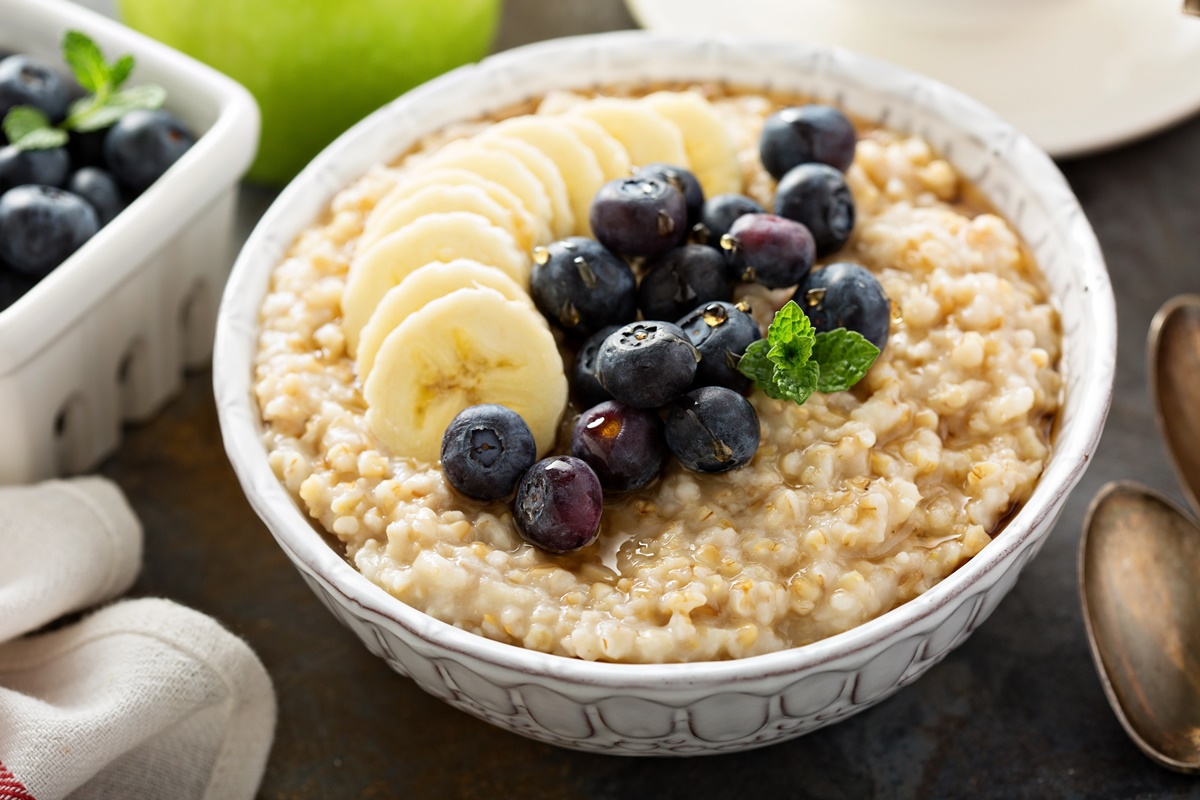Cooking Tips for Round Zucchini
Round zucchini is not only delicious but also a versatile vegetable that can be cooked in a variety of ways. Whether you’re a seasoned cook or a beginner in the kitchen, there are plenty of tasty options for preparing this round-shaped veggie. In this article, we’ll explore different cooking methods that will help you make the most out of your round zucchinis.
1. Roasting
Roasting round zucchini brings out its natural sweetness and enhances its flavor. Here’s a simple step-by-step guide to roasting round zucchini:
- Preheat your oven to 400°F (200°C).
- Wash and dry the zucchini thoroughly.
- Trim off the ends and cut the zucchini into half-inch thick slices.
- In a bowl, toss the zucchini slices with olive oil, salt, and pepper.
- Spread the zucchini slices on a baking sheet lined with parchment paper.
- Roast in the preheated oven for about 20-25 minutes or until the zucchini is tender and slightly golden.
Roasted round zucchini slices make a delightful side dish or a flavorful addition to salads.
2. Stuffed Zucchini Boats
If you’re looking to create a visually appealing dish with round zucchinis, stuffed zucchini boats are an excellent choice. Here’s how to make them:
- Cut the round zucchinis in half lengthwise, then scoop out the seeds with a spoon to create a hollow space.
- Precook the zucchini boats by blanching them in boiling water for 2-3 minutes. This will make them tender and ready for stuffing.
- Prepare your preferred filling, such as a mixture of sautéed vegetables, cooked quinoa, or seasoned ground meat.
- Generously stuff the zucchini boats with the filling.
- Place the stuffed zucchini boats on a baking dish and bake in a preheated oven at 375°F (190°C) for about 20-25 minutes or until the filling is cooked and the zucchini is tender.
Stuffed zucchini boats make a satisfying and visually striking main dish that is sure to impress your guests.
3. Grilling
Grilling round zucchini is a great way to infuse it with smoky flavors. Follow these steps to grill round zucchini to perfection:
- Preheat your grill to medium heat.
- Wash and dry the zucchini, then cut it into thick rounds.
- In a bowl, toss the zucchini rounds with olive oil, salt, and your favorite herbs and spices.
- Place the zucchini rounds directly on the grill grates.
- Grill for about 3-4 minutes per side or until grill marks appear and the zucchini is tender.
Grilled round zucchini is a fantastic side dish for any summer barbecue or a flavorful addition to sandwiches and wraps.
4. Sautéing
Sautéing round zucchini is a quick and easy cooking method that allows you to enjoy its natural taste and texture. Follow these steps for perfectly sautéed round zucchini:
- Wash and dry the zucchini, then slice it into thin half-moons.
- Heat a tablespoon of olive oil or butter in a skillet over medium heat.
- Add the zucchini slices to the skillet and season with salt, pepper, and your favorite herbs or spices.
- Sauté for about 5-6 minutes, stirring occasionally, until the zucchini is tender but still slightly crispy.
Sautéd round zucchini makes an excellent side dish, or you can toss it with pasta for a quick and flavorful meal.
Conclusion
Round zucchini is a versatile vegetable that can be cooked in various ways, including roasting, stuffing, grilling, and sautéing. By following the step-by-step guides in this article, you can create delicious meals using round zucchini as the star ingredient. So go ahead, embrace the round zucchini’s culinary potential, and explore the different cooking methods that suit your taste and preferences.
Was this page helpful?
Read Next: How To Cook Pasta Ahead Of Time

